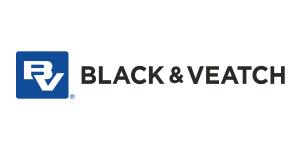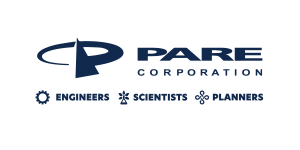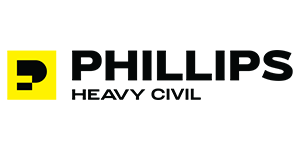Public Safety At Dams For Dam Owners
Content
- Who Needs to Know the Hazards Around Dams?
- Hazards Around Dams
- Limiting Liability
- Dam Owner Solutions
- Dam Owner Academy: Public Safety at Dams
- Save this page as a printable Dam Owner's Fact Sheet [PDF]
Dams are becoming public destinations for a wide range of recreational activities. Many of these activities make use of dam features for extreme sports and other unauthorized and unsafe actions for which they were not intended. In addition, not all accidents and fatalities are from public use of the sites but from unsafe operations by owners and operators. Several incidences are the result of carelessness during routine maintenance, inspection, or observation. Many accidents and fatalities are due to first responders and good samaritans succumbing to the hazard(s) while attempting to rescue victims or by maintenance staff and others working around dams.
Safety at Dams is a term used to describe the identification, management, and treatment of all risks to the public around existing dams, except those risks associated with dam failure. This includes all access and uses, permitted or not permitted, on or near a dam and its accompanying water bodies, hydraulics, accessories, and facilities.
Who Needs to Know the Hazards Around Dams?
This concerns the following stakeholders:
- Owners
- Operators
- Engineers
- Regulators
- Recreationists, hikers, bikers, runners, campers
- Boaters, kayakers, canoeists
- Swimmers, tubers, floaters
- Fishermen, campers, wildlife
- Ice users, skiers, skaters
- Outdoor and water enthusiasts
Hazards Around Dams
Public Safety at Dams includes hazards that the public may encounter at and around all dams, such as those associated with:
- Swift and turbulent currents near intakes and spillways,
- Changes in flows and water levels associated with the operation of gates,
- Falls from slippery surfaces and heights, or
- Accidental contact with the mechanical and electrical components of the facility
Although the most significant hazard and cause of fatalities is the transient submerged hydraulic jump or hydraulic roller that is often attributed to flow over low-head run-of-the-river dams, many other hazards exist at dams that have contributed to accidents and fatalities. Dozens of fatalities resulting from mostly boating accidents occur immediately downstream from larger conventional dam spillways and turbine releases. Other hazardous conditions produced by and around dams include strainers, sudden releases with rapidly increasing flow conditions, confined spaces, unpredictable currents, submerged structures, hidden dam crests, watercraft over spillways, entrapment, stranding, bridge, and box culvert apron drop-offs, and steep slopes and slippery surfaces.
Limiting Liability
Some ways to limit liability and accidents short of removal, repair, or mitigation of the hazard are:
- Signage
- Fencing portage and bypass channels
- Safety booms and marker buoys
- Audible sirens and visual alerts (e.g. strobes)
- Stepped opening of spillway gates and other operational considerations
- Pre-release warning patrols and site security
- Video surveillance and other techniques
- Public education
Coordination and communication with stakeholders and partners such as rafting and fishermen groups are important, along with police, fire and emergency management, dam owners, engineers and operators, and the general public.
Dam Owner Solutions
Several steps have been identified for dam owners to pursue to reduce the hazard and liability of HHS and to proceed with the ‘actions of a reasonable person that is the legal litmus and precedent. Here is a list of common, but not comprehensive, steps:
- Identify, inventory, and recognize all low head dams in their portfolio and jurisdiction
- Identify all potential co-owners, partners, stakeholders, funding sources, and authorities
- Contact State and Federal Dam Safety authorities for help in dam inventory, ownership, and use quantification and hazard assessment
- Identify existing programs for mitigation and public education assistance with local and national emergency response agencies, police and fire departments, and wildlife and boating organizations
- Promote a public education campaign using social media, web pages, signs, pamphlets, interpretive displays, public service announcements and warnings, newspapers, and magazines
- Develop non-structural mitigation strategies such as signage, fences, log booms, or barriers creating portages and exclusion zones
- With your engineer, quantify the flow ranges when these low head dams are most hazardous using models and simulations
- Develop structural mitigation solutions or removal options for the low head dams and funding sources
Dam Owner Academy: Public Safety at Dams
The Dam Owner Academy is a series of videos to educate and inform owners on all aspects of operating and maintaining a dam safely. The videos concisely present the critical basics of owner responsibilities and are available as a free resource for owners and those conducting owner outreach programs. This video covers public safety at dams.


































